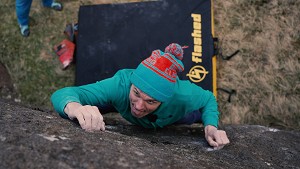
I first noticed Organic Pads when they progressively began to feature in more and more bouldering videos from across the pond. It seemed somewhat strange at the time that this brand hadn’t made it’s way across said pond, seeing as their products looked good, and from those I knew that had used them - some of which had even gone to the length of special ordering them from the UK - was aware that the quality was spot on: well constructed, good foam and, most importantly, some pretty jazzy patterns.
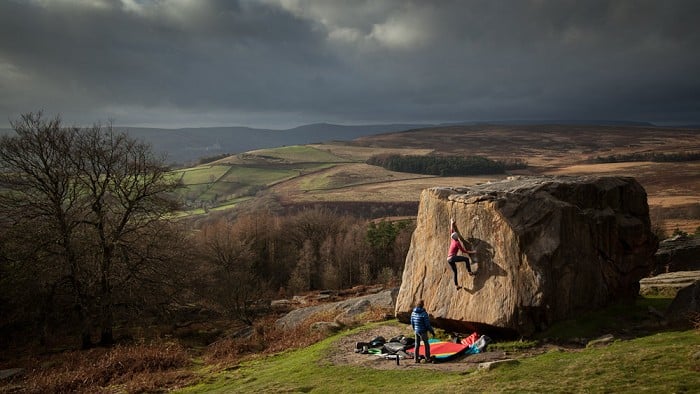
Size
When it comes to pads I have always been of the school of thought that bigger is better, so when opting for which pad to go for the choice was obvious - it had to be the accurately, yet somewhat unimaginatively named ‘Big Pad’.
First and foremost a few words as to it’s size, because it really is a league apart from anything else I have used not just in terms of it’s size, but it’s depth too. With a 5'x4' (aka. 121x152cm) surface area it provides a very wide landing area indeed. Having owned what I previously believed to be large bouldering mats, this quite literally dwarfs them (n.b. the only thing I can think of comes close is the Moon Saturn). In terms of depth it comes in at 5 inches (aka. 12.7cm) which makes your average bouldering mat look like a very insubstantial indeed.
However, what would you expect from a bouldering mat that will cost possibly double what you paid for the last one you bought? At £325 it's certainly top end in terms of both performance, size, and price...
Before making the commitment to purchase a Big Pad it’s worth taking a few measurements, as you have to have quite a large boot in order to fit one in. I own a Citroen Berlingo and it fits in perfectly, but only just… If you are planning to squeeze this into a Mini Metro then be warned, you may need to sacrifice the well being of your passengers/climbing partners in exchange for a space (or two) being taken up by the Big Pad.
Weight
With such sizes comes another factor to take into consideration: weight.
Alongside all that I have said above, the same could be said for weight, as I have never owned a bouldering mat that weighs anything close to the Big Pad (n.b. just to re-emphasise, in case I hadn’t got the message across already, it really is MASSIVE!). At 9kg you definitely feel the effect after even the shortest of walk-ins (or maybe I’m going soft), plus the sheer enormity of the pad does make it somewhat unwieldy - not to mention a little top heavy - that can make it challenging when negotiating your way up/down more technical ground.
In an effort to minimise some of the effects of the pad’s weight/size Organic have included a couple of features, namely the ’adjustable suspension system’ and the 2” hip belt. In contrast to the somewhat un-evocative name of the pad itself, the techy sounding ‘adjustable suspension system’ actually describes something quite simple: you can move the point in which the shoulder straps are attached either up or down according to your own height. Personally I would like to have seen another attachment point higher up, because even when I was on the top one the pad felt massively unwieldy (and I would imagine it would feel even worse if you were shorter). However, with a pad of this size there is little you can do to escape the simple truth that it is big, heavy, and that's probably what you bought it for...
Foam/Construction
The pad features USA made 1050d ballistic nylon throughout the shell and 1000d cordura throughout the landing zone, giving it an all-round bombproof feel on both top, bottom, and sides. In addition to this the stitching is par excellance. If ever there is something that gives you reassurance as to a products built quality it is this; if something is going to go first, then it's usually the stitching. Hence beefy stitching has always been an attribute I look for, particularly when it's connecting a fabric as robust as the one featured throughout this pad!
The foam is of an exceptionally high quality, but not constructed in the usual manner (i.e. high/low density closed cell foam). Instead, the core actually features a closed cell rubber (made of soy based ingredients) and the outer layers of memory foam. The end result is a durable core, with an equally durable outer; however, it is worth mentioning that in the short term you can expect quite a firm feel. Out of the box this can feel like quite a harsh pad, but after a few months of use it beds in to the perfect landing; furthermore, due to the quality I suspect it will continue to provide that perfect landing for many years to come.
There are a couple of additional notes in terms of the landing, the first of which is the re-bound. One major positive to the memory foam is that there is little effect as far as bounce/re-bound is concerned, something that is of great benefit on highballs, where bouncing on/off mats can actually result in more danger than the fall itself. In addition to this, having used a taco style pad over the last few years I was worried about the effect the hinge might have on landings, but throughout several months of use - both lowball and highball - I have not found it to have been a problem, which I suspect has something to do with the mammoth 5 inches of unmovable padding!
One final word as to the foam is that you can purchase replacement foam for the pad. Bearing in mind the build quality of the Big Pad - and also it's not insubstantial price-tag - I see this as being a major selling point for the pad: it will keep going, and going, and going - then you'll buy new foam - and it'll do it all over again!
Overall
Just to repeat it one final time: the Organic Big Pad is HUGE.
If size is what you’re looking for, look no further. The downside to this is that with size comes weight and this is definitely a factor to take into consideration if you live in an area where the walk-ins are more substantial than where I’m based in the Peak District. In terms of built quality the pad is second to none and I could very much see myself falling on this in another 5-10 years time. Out of the box the foam definitely feels a bit on the firm-side, but in time it softens up nicely (and seems to stay that way).
The environmental side of the Organic brand is also appealing. On the one hand there is the use of soy-based products, which allow less oil to be used than compared to other pads; however, it was hard to find out exactly how much less oil that was, so overall the greatest appeal environmentally was a) all the materials being sourced from the USA and b) that really is build to last.
As a final positive, this pad will make you friends due to a) people commenting on it’s nice colour and b) people wanting to use it because it’s massive…

Rob Greenwood is the Advertising Manager at UKClimbing.com.
He's a passionate climber, hot yoga addict and eater of vegetarian food. He has done more UK trad routes than he's had roast dinners (and that's got nothing to do with the vegetarianism).
Aside from UK trad, he's dabbled with alpine climbing, Scottish winter, Himalayan climbing and more recently Peak limestone sport climbing.
He keeps an occasional blog about his adventures here: Rob Greenwood Climbing
- DESTINATION GUIDE: Bridging Two Worlds: The Unlikely Connection Between Horses and Climbing 1 Apr
- PHOTOGRAPHY: UKC/UKH Photography Awards 2023 - Winners 15 Mar
- PHOTOGRAPHY: The North Face & Ellis Brigham Photography Awards 2023 - Category Finalists 16 Feb
- GROUP TEST: Performance Headtorches - Petzl Nao RL, Silva FREE and Black Diamond Distance 1500 2 Feb
- REVIEW: The North Face FUTUREFLEECE Hooded Jacket 24 Jan
- ARTICLE: The Role (and Reprisal) of the New Routes Book 19 Dec, 2023
- REVIEW: Montane Phase Nano - The Ultimate Running Shell? 17 Nov, 2023
- REVIEW: Patagonia Triolet Jacket - PFC-Free, and Built to Take Abuse 3 Nov, 2023
- Sustainable Gear: The Evolution of Gore Tex - ePTFE, ePE and PFC-free DWR Treatments 1 Nov, 2023
- REVIEW: Scarpa Generator and Generator Mid - The Ultimate Trad Shoe? 5 Sep, 2023




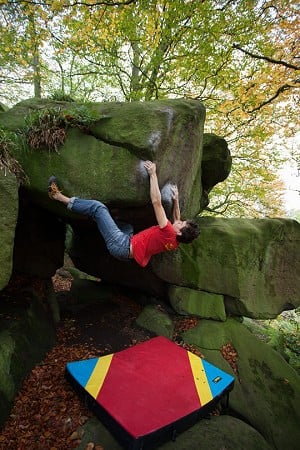

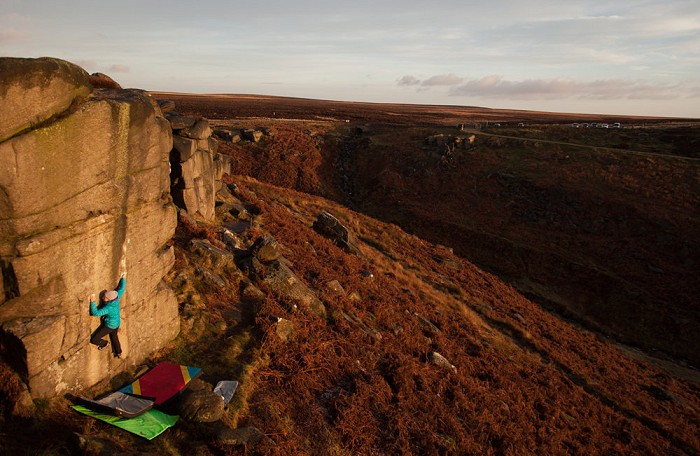
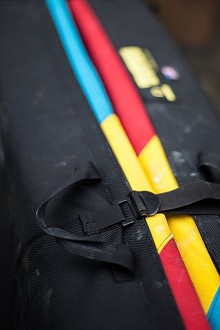
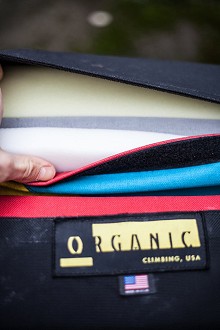
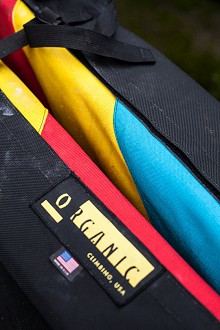
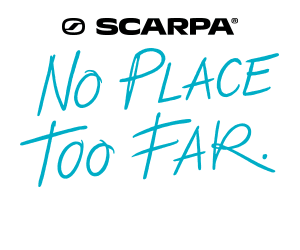

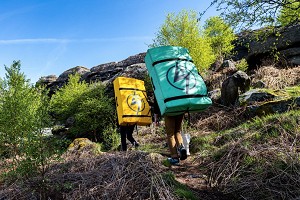
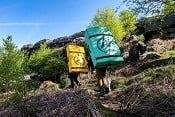



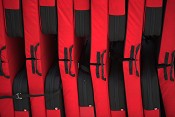
Comments